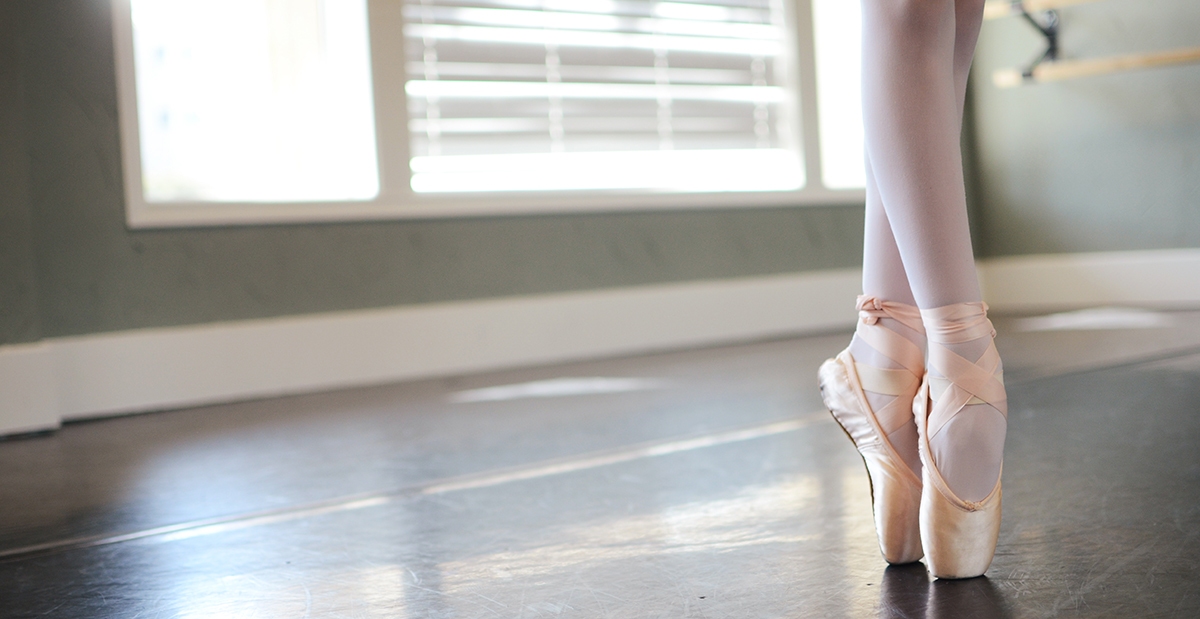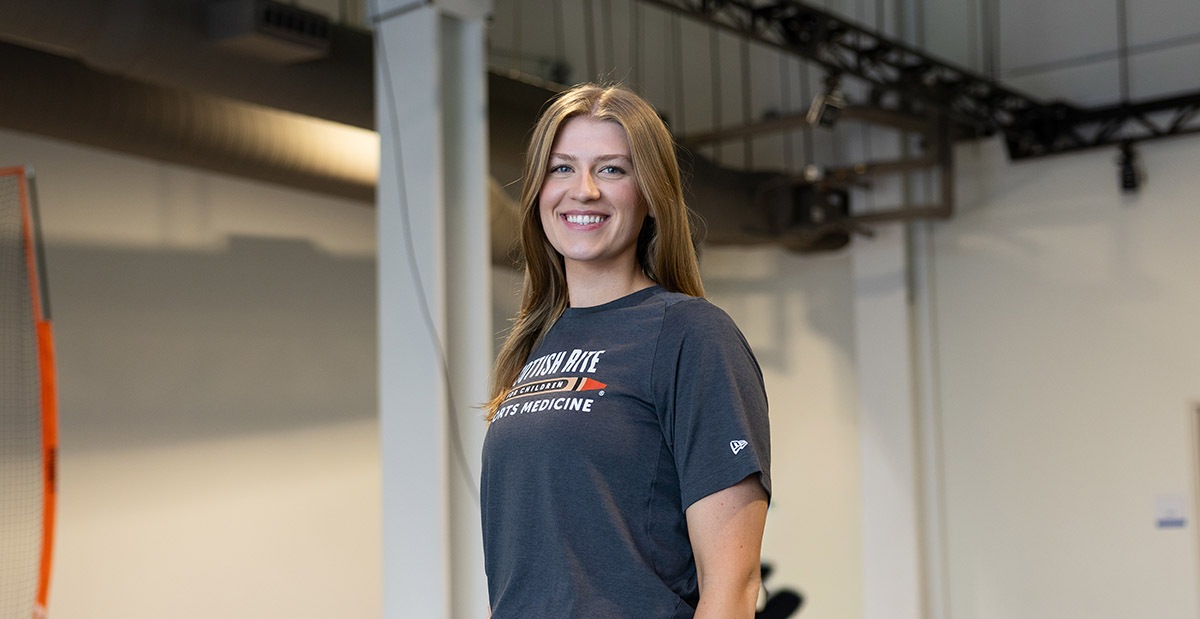In youth sports, this message is clear – excessive training puts an athlete at risk for injury. Young dancers may or may not be comfortable comparing their training to that of other “athletes,” but the concern for their safety is similar. Scottish Rite for Children physical therapist, Julia Buckelew, P.T., D.P.T., O.C.S., works with many dancers in our sports medicine practice and hopes to reach others with this message.
Overtraining occurs when there is a high intensity or a high volume of training and performance declines. Overtraining is often associated with overuse injuries and burnout when the dancer no longer enjoys the activity. The year-round nature of dancing creates a culture and environment that, without deliberate efforts to avoid, lead to these conditions. Company auditions, numerous classes, rigorous pre-show rehearsals and summer intensives can run-down a dancer.
What are signs of overtraining?
- General fatigue felt throughout the day despite amount of sleep.
- Extended time needed to recover from post-exercise soreness.
- Reduced performance/technical skill despite normal or increased training hours.
- Difficulty concentrating.
- Increased risk of injury.
How can a dancer avoid overtraining?
- Shift attention to the quality of training over the quantity of training.
- Apply common time management techniques to plan rest and cross training.
- Implement training periodization by recognizing performance cycles.
- Learn about sleep hygiene to improve sleep quality.
- Learn the value of mental imagery for rehearsal to allow the body to rest.
- Increase self-awareness about beliefs and behaviors that motivate.
Thoughts on Perfectionistic Dancers
Scottish Rite pediatric psychologist Emily Stapleton, Psy.D., says, “Perfectionistic dancers tend to be ambitious, determined and driven for success in their performance. Unfortunately, these traits that make them successful also increase their likelihood of overtraining.”
These athletes tend to focus on results and have potentially harmful motivations including:
- Desire to avoid making mistakes.
- Fear of failure.
- Fear of negative evaluation by others.
- Meeting parent or coach’s expectations.
These tendencies can cause significant frustration, low self-esteem and self-doubt when they are not meeting their expectations or the expectations of others (e.g., parent, coach). This leads to the drive to learn new moves, perfect a routine and difficulty taking a break from training. Since they feel training is never complete, they self-select into an inappropriately high-training load. The cumulative effects of endless run-throughs, long hours of rehearsal and impact and stresses from repetitive movements may lead to injuries, exhaustion and reduced quality in performance.
Stapleton says, “Research has shown that when these athletes direct their perfectionistic behaviors toward progress-oriented goals, rather than focusing solely on results or performance, some of the risks of overtraining are mitigated.” Athletes can do this by implementing cognitive-behavioral strategies including:
- Appropriate goal setting.
- Redefining their definition of success in sport.
- Using positive self-talk.
Emily Stapleton, Psy.D., and Julia Buckelew, P.T., D.P.T., O.C.S., contribute to the article series, Keeping Up with the Count. A collection of tips and information for dancers from a multidisciplinary dance medicine team. They recognize the needs for these highly specialized athletes and aim to help reduce the risk of injuries in this population.














